Lili Zhu
Beyond Frequency: Seeing Subtle Cues Through the Lens of Spatial Decomposition for Fine-Grained Visual Classification
Aug 09, 2025Abstract:The crux of resolving fine-grained visual classification (FGVC) lies in capturing discriminative and class-specific cues that correspond to subtle visual characteristics. Recently, frequency decomposition/transform based approaches have attracted considerable interests since its appearing discriminative cue mining ability. However, the frequency-domain methods are based on fixed basis functions, lacking adaptability to image content and unable to dynamically adjust feature extraction according to the discriminative requirements of different images. To address this, we propose a novel method for FGVC, named Subtle-Cue Oriented Perception Engine (SCOPE), which adaptively enhances the representational capability of low-level details and high-level semantics in the spatial domain, breaking through the limitations of fixed scales in the frequency domain and improving the flexibility of multi-scale fusion. The core of SCOPE lies in two modules: the Subtle Detail Extractor (SDE), which dynamically enhances subtle details such as edges and textures from shallow features, and the Salient Semantic Refiner (SSR), which learns semantically coherent and structure-aware refinement features from the high-level features guided by the enhanced shallow features. The SDE and SSR are cascaded stage-by-stage to progressively combine local details with global semantics. Extensive experiments demonstrate that our method achieves new state-of-the-art on four popular fine-grained image classification benchmarks.
Deep Learning and Machine Vision for Food Processing: A Survey
Mar 30, 2021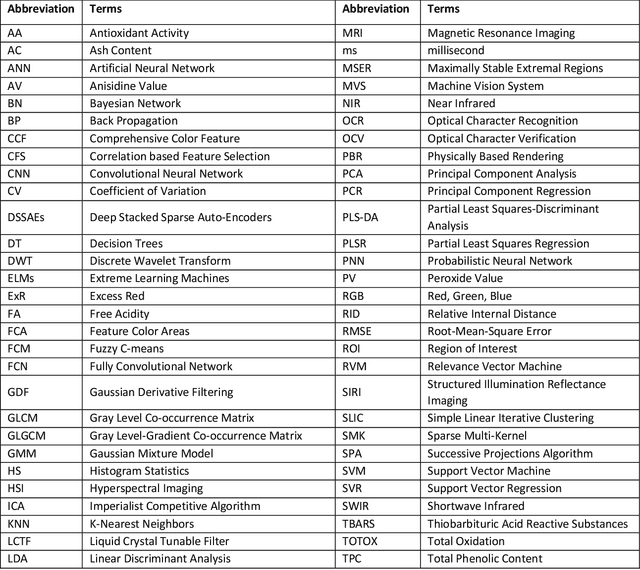
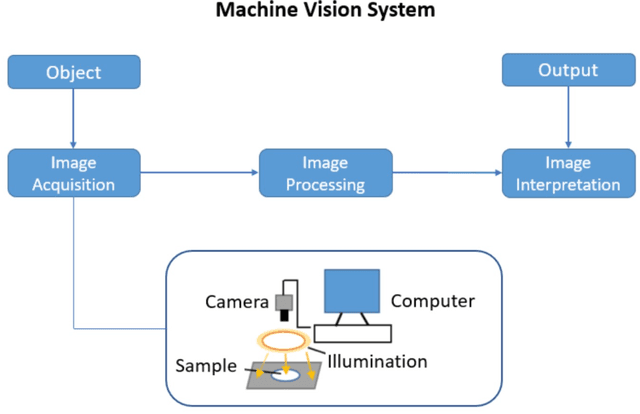

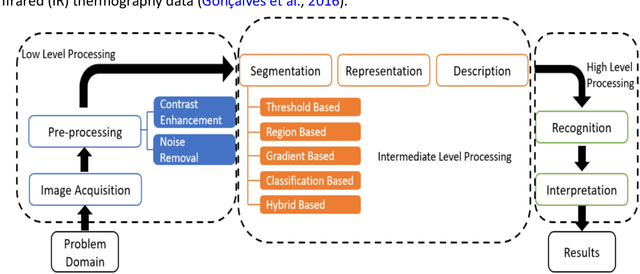
Abstract:The quality and safety of food is an important issue to the whole society, since it is at the basis of human health, social development and stability. Ensuring food quality and safety is a complex process, and all stages of food processing must be considered, from cultivating, harvesting and storage to preparation and consumption. However, these processes are often labour-intensive. Nowadays, the development of machine vision can greatly assist researchers and industries in improving the efficiency of food processing. As a result, machine vision has been widely used in all aspects of food processing. At the same time, image processing is an important component of machine vision. Image processing can take advantage of machine learning and deep learning models to effectively identify the type and quality of food. Subsequently, follow-up design in the machine vision system can address tasks such as food grading, detecting locations of defective spots or foreign objects, and removing impurities. In this paper, we provide an overview on the traditional machine learning and deep learning methods, as well as the machine vision techniques that can be applied to the field of food processing. We present the current approaches and challenges, and the future trends.
Support Vector Machine and YOLO for a Mobile Food Grading System
Jan 05, 2021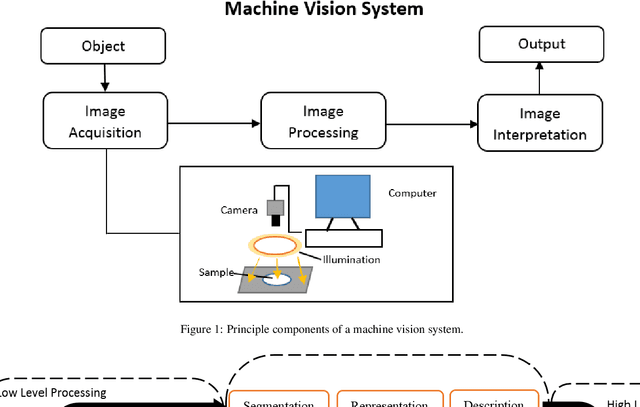

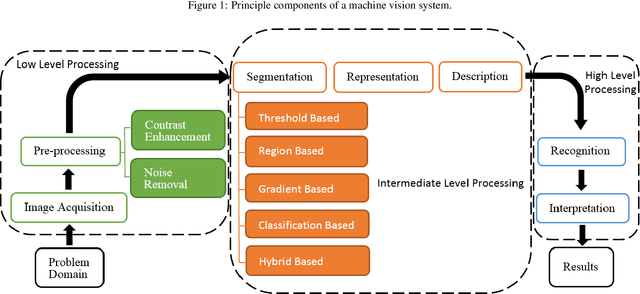

Abstract:Food quality and safety are of great concern to society since it is an essential guarantee not only for human health but also for social development, and stability. Ensuring food quality and safety is a complex process. All food processing stages should be considered, from cultivating, harvesting and storage to preparation and consumption. Grading is one of the essential processes to control food quality. This paper proposed a mobile visual-based system to evaluate food grading. Specifically, the proposed system acquires images of bananas when they are on moving conveyors. A two-layer image processing system based on machine learning is used to grade bananas, and these two layers are allocated on edge devices and cloud servers, respectively. Support Vector Machine (SVM) is the first layer to classify bananas based on an extracted feature vector composed of color and texture features. Then, the a You Only Look Once (YOLO) v3 model further locating the peel's defected area and determining if the inputs belong to the mid-ripened or well-ripened class. According to experimental results, the first layer's performance achieved an accuracy of 98.5% while the accuracy of the second layer is 85.7%, and the overall accuracy is 96.4%.
 Add to Chrome
Add to Chrome Add to Firefox
Add to Firefox Add to Edge
Add to Edge